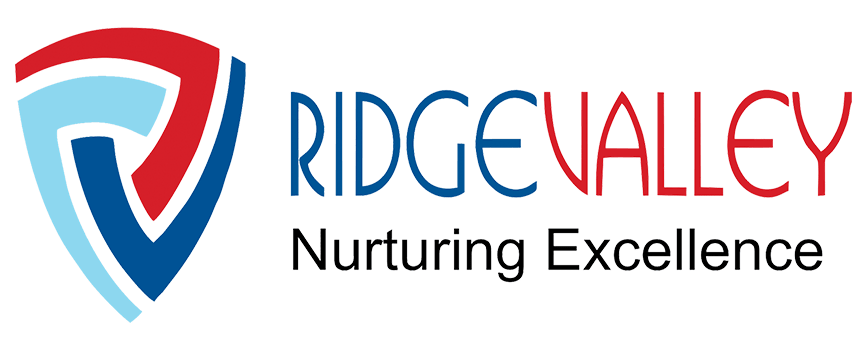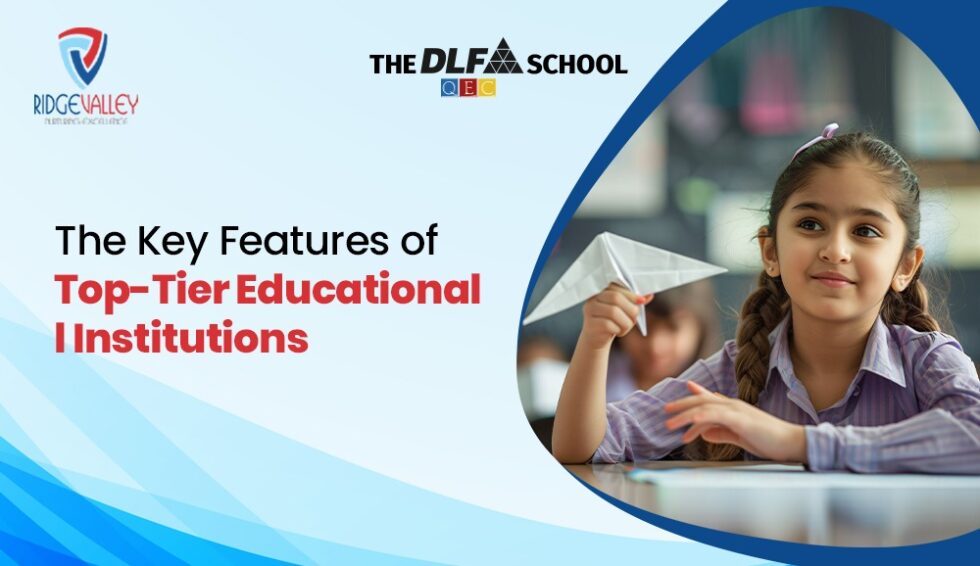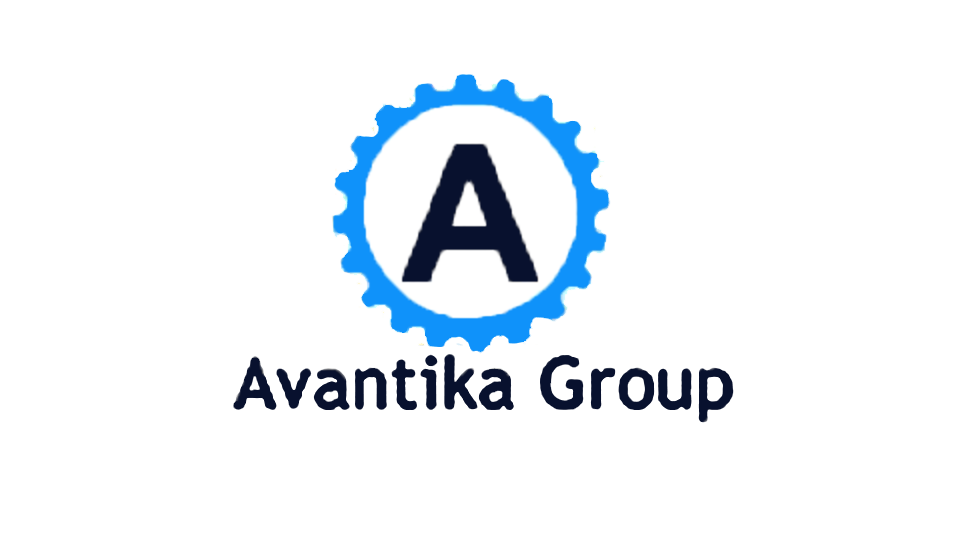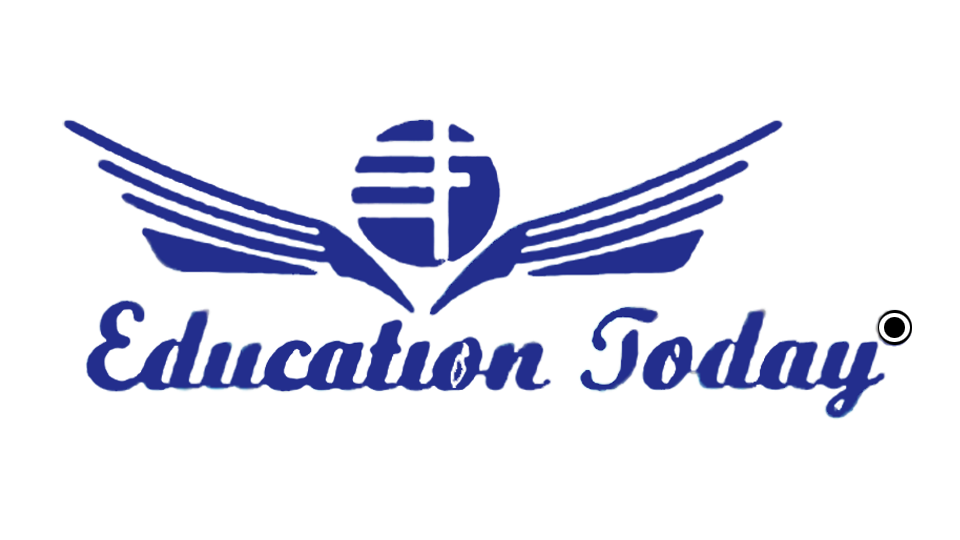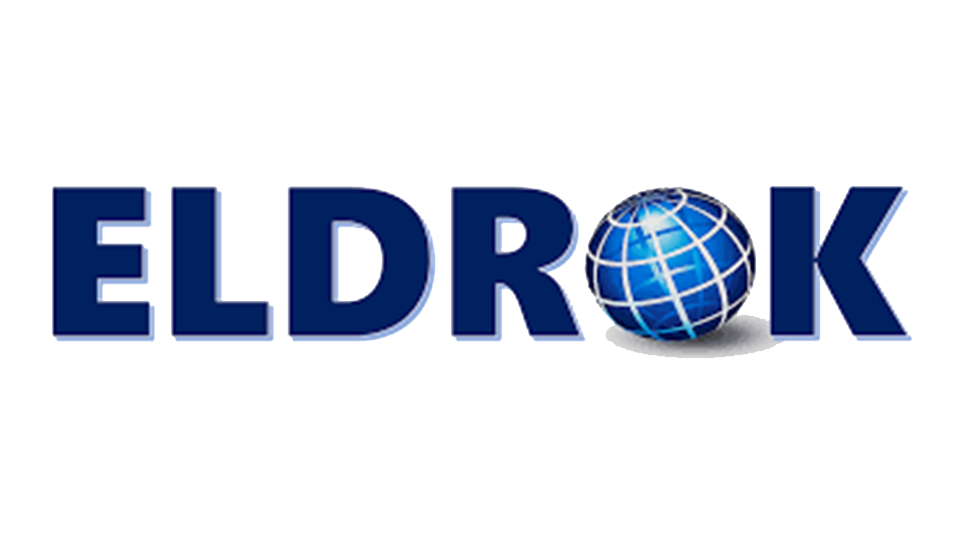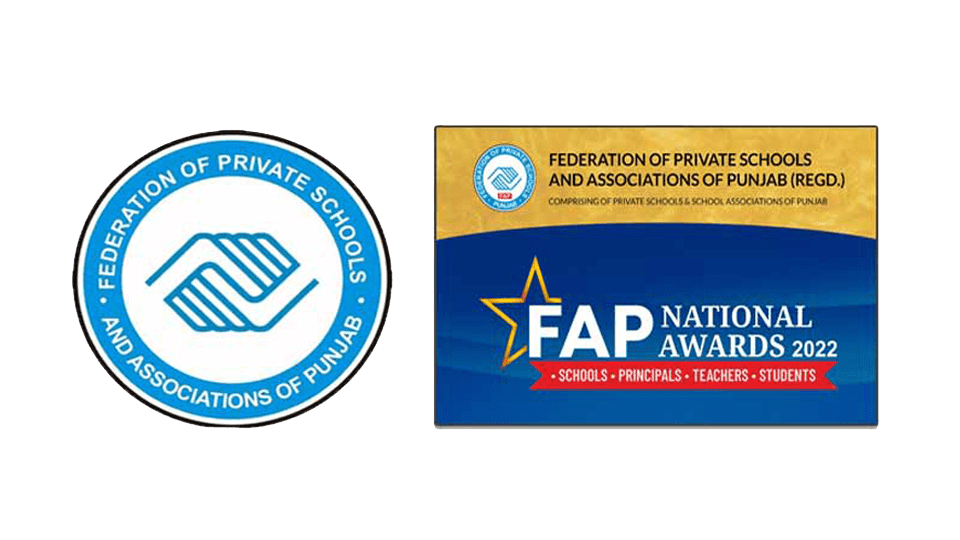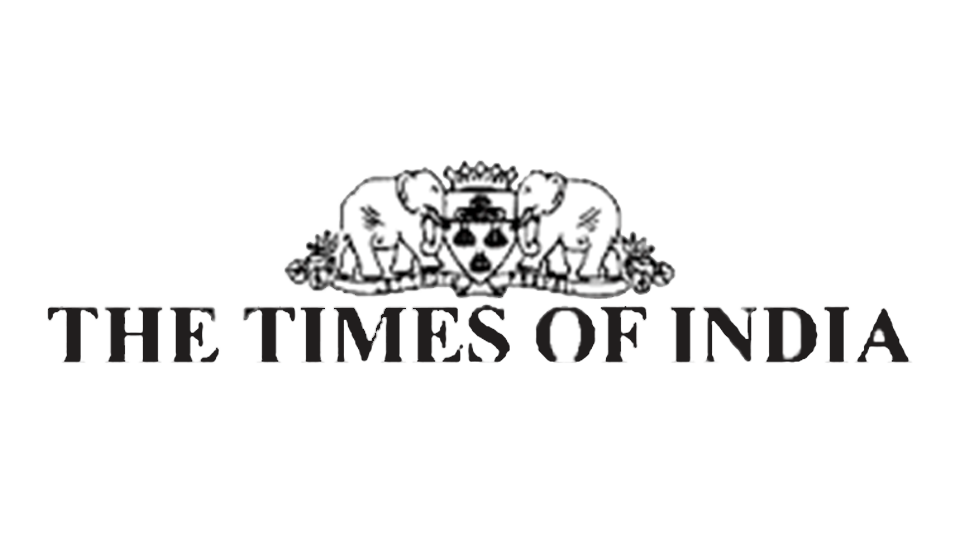Introduction:
Choosing the right educational institution for your child is one of the most significant decisions you will make as a parent. Top-tier educational institutions not only provide exceptional academic standards but also foster holistic development, nurturing students for both academic success and life beyond school. At Ridge Valley, the Best School in Gurgaon where these schools distinguish themselves with their curriculum, teaching methods, infrastructure, extracurricular offerings, and focus on student well-being.
In this article, we explore the key features that define top-tier educational institutions and why they stand out as some of the best places for a child’s education and development.
About Us:
Ridge Valley School is proud to embody the key features of a top-tier educational institution, where excellence in both academics and extracurricular activities is our prime focus. With a rigorous curriculum that includes both traditional subjects and modern, hands-on learning experiences, students are encouraged to engage deeply with the material. Our highly qualified faculty members foster a collaborative learning environment, nurturing curiosity and encouraging creative thinking. The school offers a wide array of extracurricular activities, including sports, music, drama, and community service, which help students develop a balanced skill set. With state-of-the-art facilities, such as smart classrooms, science labs, and sports grounds, the School is committed to providing an environment that supports all aspects of student development. We take pride in our emphasis on emotional intelligence and social responsibility, preparing students to not only excel academically but also grow as compassionate, responsible citizens.
1. Rigorous and Well-Structured Curriculum
At the heart of every top-tier educational institution is a strong, well-rounded curriculum that emphasizes both academic rigor and flexibility. A good curriculum is not just about preparing students for exams; it is about equipping them with the skills and knowledge they need to succeed in the world beyond school.
-
Comprehensive Academic Focus: Leading institutions often provide a broad range of subjects, including the core subjects of Mathematics, Science, Social Studies, and Languages, along with specialized courses in areas like technology, economics, and creative arts. The curriculum is designed to meet global educational standards while allowing students to explore their interests deeply.
-
Innovative Teaching Methods: Top-tier institutions adopt innovative pedagogical approaches to ensure that the curriculum remains engaging and relevant. Project-based learning, inquiry-based approaches, and interdisciplinary studies allow students to see connections across subjects and apply their learning in real-world contexts.
-
Advanced Placement and Electives: High-performing institutions offer a range of advanced placement courses and electives that allow students to dive deeper into subjects they are passionate about. This flexibility is essential for academic exploration and can play a key role in preparing students for higher education and specialized careers.
A curriculum that is not only academically challenging but also flexible in nature helps to prepare students for success in an increasingly complex world.
2. World-Class Faculty and Teaching Quality
One of the defining characteristics of top-tier institutions is their faculty. The best schools ensure they have highly qualified teachers who are not only subject experts but also skilled in nurturing and motivating students.
-
Experienced Educators: The teaching staff at top-tier institutions often include professionals with advanced degrees, international experience, and a commitment to continuous professional development. Their expertise enables them to create an enriching learning environment that encourages curiosity and independent thinking.
-
Pedagogical Expertise: These institutions emphasize effective teaching methodologies that go beyond traditional instruction. Teachers are trained in the latest pedagogical strategies, ensuring that lessons are interactive, engaging, and student-centered. This approach supports students in becoming critical thinkers, problem solvers, and lifelong learners.
-
Personalized Attention: Many top-tier schools prioritize smaller class sizes, allowing teachers to provide individualized attention to each student. This focus on personalized learning helps address the specific needs of students, ensuring that they receive the support necessary for academic growth.
Having a faculty that combines subject matter expertise with an understanding of child development is essential to creating an environment that fosters academic success.
3. Cutting-Edge Infrastructure and Facilities
Top-tier educational institutions are known for their modern, well-maintained infrastructure, which plays a crucial role in supporting students’ academic and extracurricular activities.
-
State-of-the-Art Classrooms: High-performing schools invest in classrooms that are equipped with the latest technology and resources to enhance learning. Interactive whiteboards, smart classrooms, and access to online learning platforms ensure that students receive an engaging and dynamic learning experience.
-
Dedicated Laboratories and Learning Spaces: Science, technology, engineering, and mathematics (STEM) education is a key focus for top-tier institutions. Well-equipped science and computer labs, along with spaces for hands-on learning and experiments, enable students to apply theoretical concepts to practical situations.
-
Sports and Recreation Facilities: Physical education is a critical component of holistic development. Leading institutions provide world-class sports facilities that allow students to participate in a variety of physical activities, from team sports like basketball and football to individual pursuits like swimming and athletics.
-
Libraries and Research Facilities: A well-stocked library and access to digital resources are essential for fostering a love of reading and research. Top-tier schools ensure their libraries offer a wide variety of books, journals, and digital media to support independent learning.
Investing in cutting-edge infrastructure ensures that students have access to the tools and spaces they need to excel academically, creatively, and physically.
4. Strong Focus on Extracurricular Activities
The best educational institutions recognize the importance of extracurricular activities in developing well-rounded individuals. These activities go beyond academics and help students explore their passions, build confidence, and learn valuable life skills.
-
Sports Programs: A strong sports program is a hallmark of top-tier schools. Whether it is team sports like cricket, football, or basketball, or individual sports like tennis and athletics, these schools encourage students to participate in physical activities to build teamwork, leadership, and discipline.
-
Arts and Culture: A robust arts curriculum helps students develop their creativity and self-expression. From music and drama to fine arts and dance, top-tier institutions provide opportunities for students to explore various forms of artistic expression. These activities also promote emotional intelligence and critical thinking.
-
Clubs and Societies: Top schools offer a wide range of extracurricular clubs and societies that allow students to pursue their interests in areas such as robotics, debate, coding, and community service. These clubs help students develop leadership, teamwork, and problem-solving skills outside the classroom.
Extracurricular activities are not just about having fun; they are an essential part of personal growth, enabling students to develop confidence, empathy, and resilience.
5. Student-Centered Approach and Wellbeing
A top-tier educational institution is focused not only on academic success but also on the holistic well-being of its students. These schools recognize that students are individuals with different needs, and they strive to provide an environment that nurtures all aspects of their development.
-
Emotional and Mental Health Support: Leading institutions provide counseling services to support students’ mental and emotional health. The presence of school counselors and mental health professionals ensures that students have access to the help they need to cope with academic stress and personal challenges.
-
Character Education: Many top-tier schools incorporate character education into their curriculum. This helps students develop strong moral values such as integrity, respect, and empathy. Character education programs also teach students how to manage emotions, make ethical decisions, and build healthy relationships.
-
Wellness Programs: Physical and mental well-being are often prioritized in top schools. Nutrition programs, fitness centers, and mindfulness activities help students maintain a balanced lifestyle. These programs promote health-consciousness and the importance of maintaining both physical and mental wellness.
By focusing on student well-being, top-tier schools ensure that students develop the emotional resilience and interpersonal skills necessary for success in life.
6. Global Perspective and Cultural Awareness
Top-tier institutions understand the importance of preparing students for a globalized world. They foster a global perspective by incorporating international education, cross-cultural exchanges, and a deep understanding of global issues.
-
International Curriculum and Exposure: Many of the best schools offer curricula that align with international standards, such as the International Baccalaureate (IB) or Cambridge programs. These curricula are designed to provide students with a global perspective and prepare them for higher education opportunities around the world.
-
Cultural Exchange Programs: Top-tier schools often have partnerships with international institutions and offer exchange programs. These programs allow students to experience different cultures, broaden their horizons, and gain firsthand knowledge of global issues.
-
Diversity and Inclusion: A diverse student body enriches the learning experience by exposing students to a variety of perspectives. Leading schools foster an inclusive environment where students learn to respect and appreciate different cultures, promoting tolerance and understanding.
A curriculum that emphasizes global awareness and cultural sensitivity prepares students for the interconnected world they will enter after graduation.
7. Commitment to Innovation and Technology Integration
Top educational institutions are at the forefront of integrating technology into the learning process. As technology continues to evolve, these schools leverage the latest advancements to enhance teaching and learning.
-
E-Learning Tools: Many top schools have incorporated e-learning tools, such as digital classrooms, virtual learning environments, and mobile apps that enable students to access resources, complete assignments, and engage with lessons from anywhere.
-
Coding and Robotics: Schools with a forward-thinking approach often include courses in coding, robotics, and artificial intelligence, ensuring that students are prepared for careers in technology-driven industries.
-
Technology in the Classroom: Smartboards, virtual reality, and interactive learning platforms are becoming increasingly common in the classrooms of top-tier institutions, creating a more engaging and dynamic learning experience.
Technology integration not only prepares students for the digital future but also enhances their learning experience by making it more interactive, personalized, and accessible.
8. College and Career Counseling
A comprehensive college and career counseling program is another hallmark of top-tier institutions. These schools provide guidance to students in making informed decisions about their future, whether that involves pursuing higher education or entering the workforce.
-
College Readiness Programs: Leading institutions provide robust college preparation programs, including SAT/ACT preparation, application guidance, and college visits. These programs ensure that students are well-prepared for the challenges of the college admission process.
-
Career Guidance and Internships: Top schools often have strong relationships with industry leaders, providing students with opportunities for internships, work placements, and exposure to various career fields. These programs help students explore potential career paths and gain hands-on experience.
-
Alumni Networks: A strong alumni network connects current students with successful graduates who can provide mentorship, career advice, and opportunities for networking.
By offering comprehensive college and career counseling, these institutions ensure that students are well-prepared for the next phase of their educational or professional journey.
Conclusion:
Top-tier educational institutions stand out for their commitment to excellence in every aspect of education. At Ridge Valley, the Top Schools in Gurgaon where from a rigorous and well-rounded curriculum to a focus on holistic development, these institutions provide an environment that nurtures the academic, emotional, and social growth of students. With state-of-the-art infrastructure, a diverse range of extracurricular activities, and a strong emphasis on student well-being, top-tier schools are dedicated to preparing students for success in both higher education and their future careers.
Choosing such an institution ensures that your child receives the highest quality education and is empowered to reach their fullest potential in today’s competitive and interconnected world.
